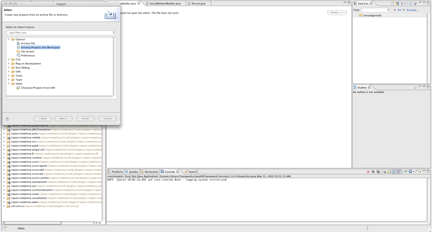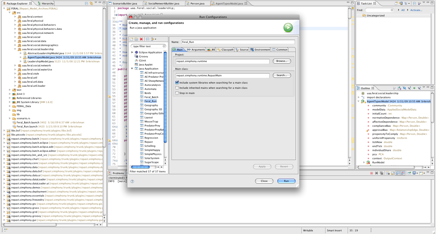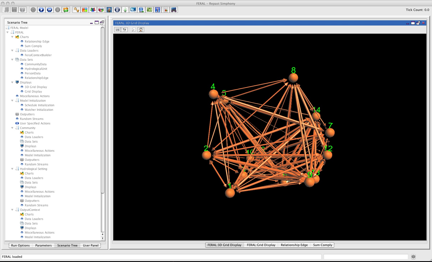/FERAL/FERAL_Data/SocialData/Demographics/PopulationConnections.csv
| Inputs found in file: | |
| Input | Description |
| Age | age of agent (not relevant, ignore for applied scenarios) |
| Sex | sex of agent (not relevant, ignore for applied scenarios) |
| Type | type of agent (alpha, beta, or gamma) |
| WeightA | weight value for connections to alpha agents |
| WeightB | weight value for connections to beta agents |
| WeightC | weight value for connections to gamma agents |
| Importance | importance variable used for agents |
| DecisionCost | relative cost of accepting a choice |
/FERAL/FERAL-Data/SocialData/ModelData/AppliedSocialModelData2.xml
/FERAL/FERAL_Data/Output
| Setup Files | Description |
| uaa.feral.FeralContextBuilder.java | context setup for scenarios |
| uaa.feral.ScenarioBuilder.java | calls and creates the network builder |
| uaa.feral.SocialNetworkBuilder.java | network builder for scenario |
| Model File | |
| uaa.feral.social.leadership.AgentTypesModel.java | agent-based model discussed in paper |
| Other Relevant Objects | |
| uaa.feral.social.Community.java | community object |
| uaa.feral.social.Person.java | person object |

|

|

|
| | JASSS Home | |Current issue | | Information | | Search | | Notices | | Back issues | | Comments | |
© Copyright JASSS